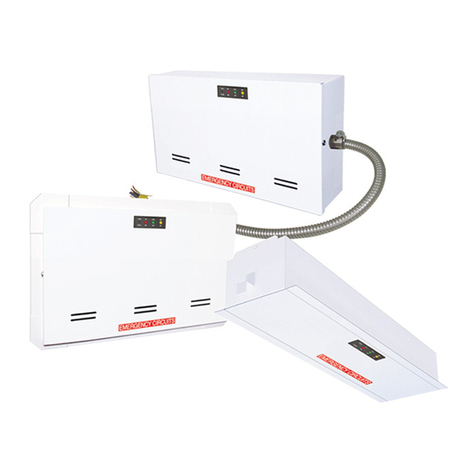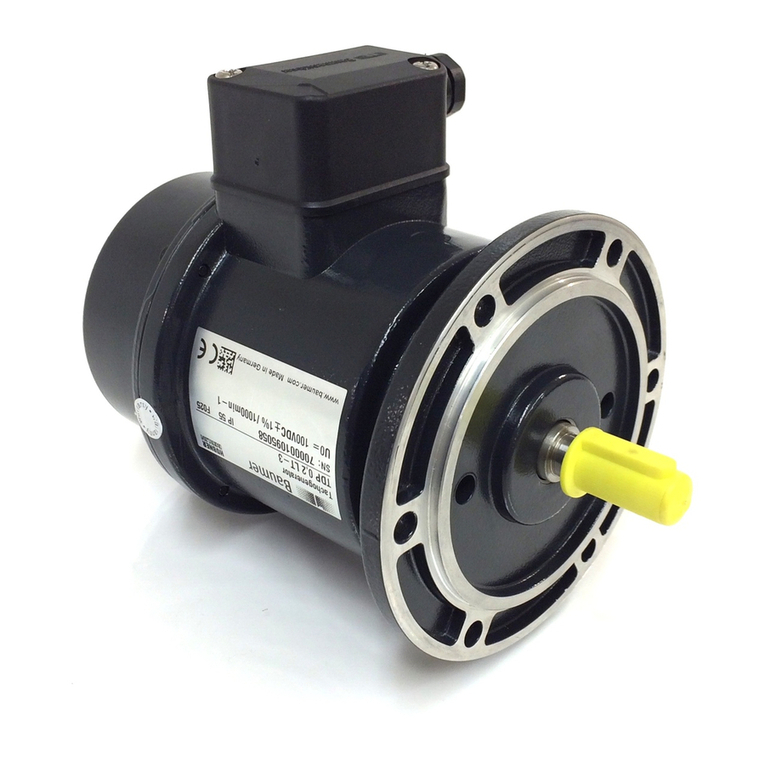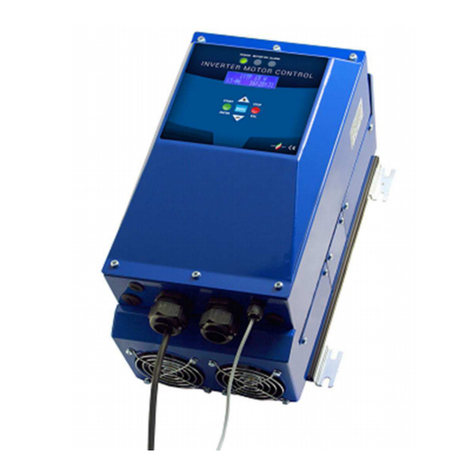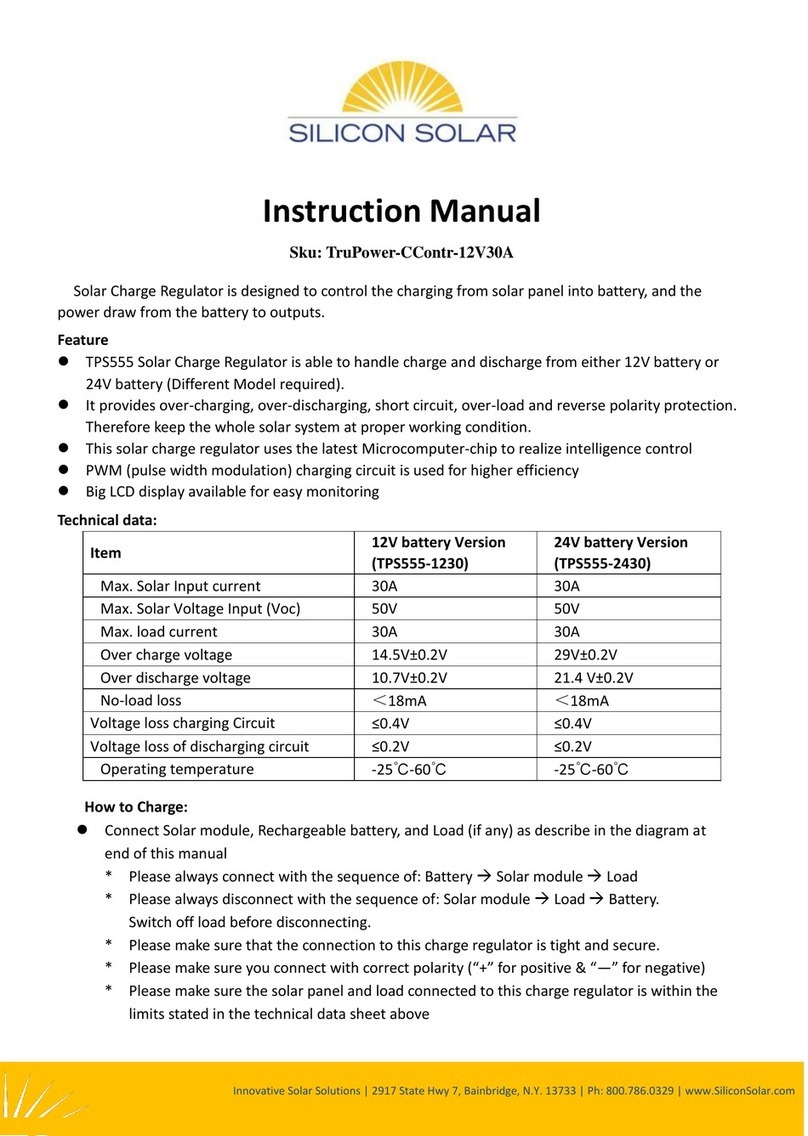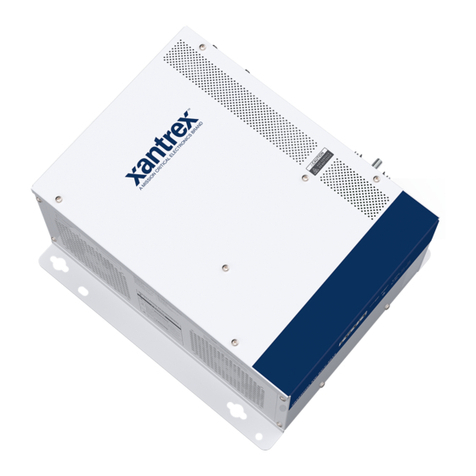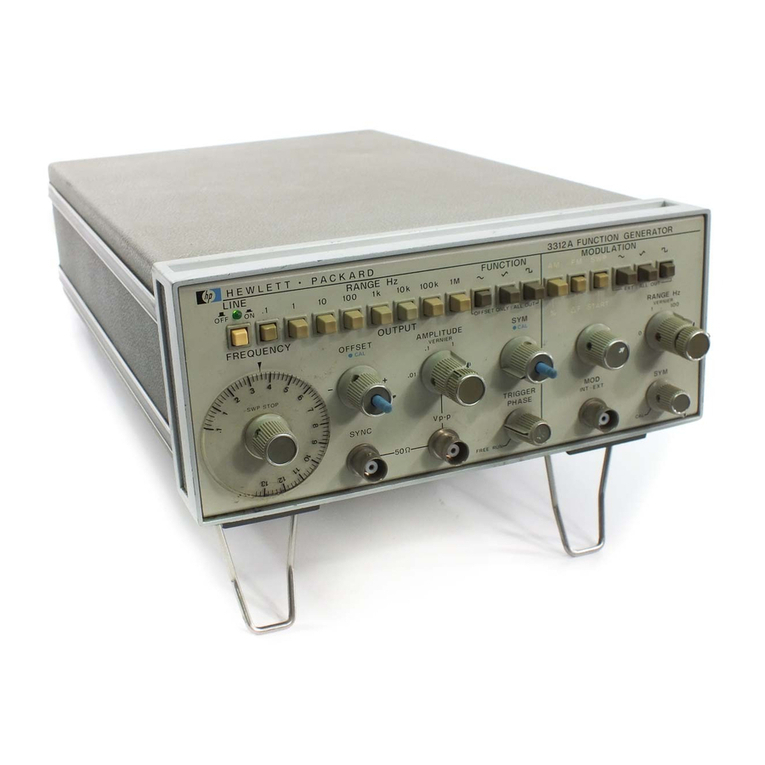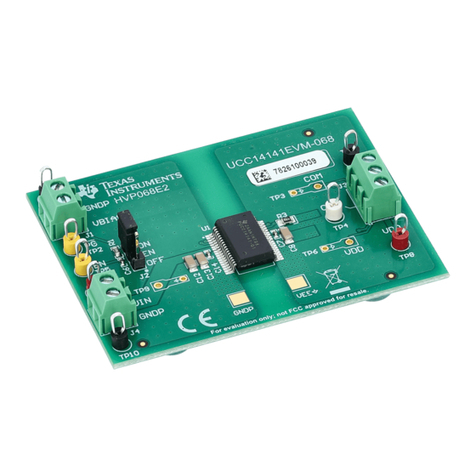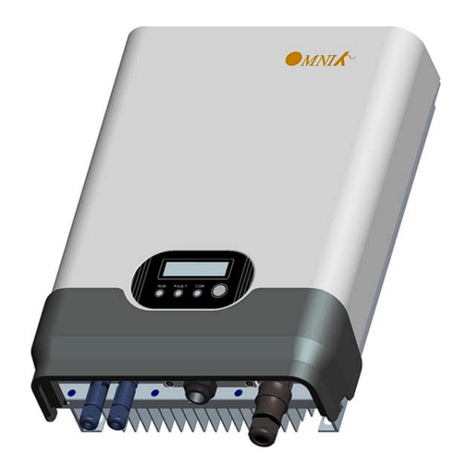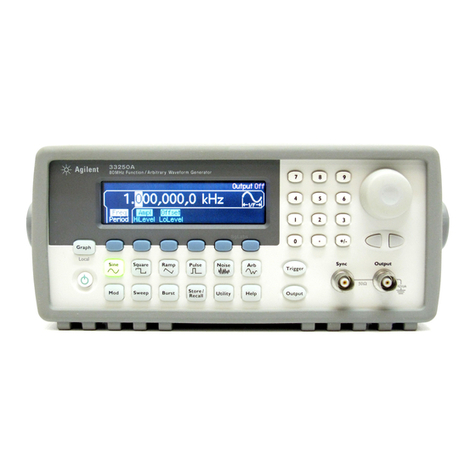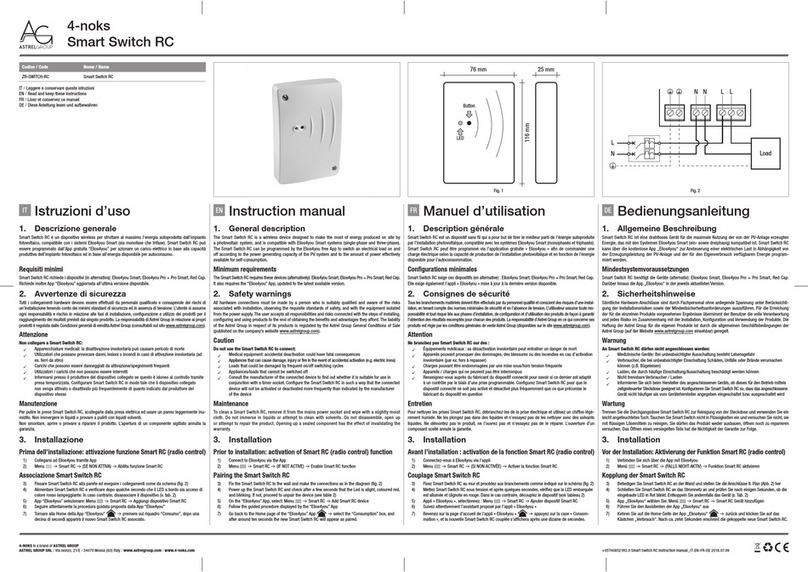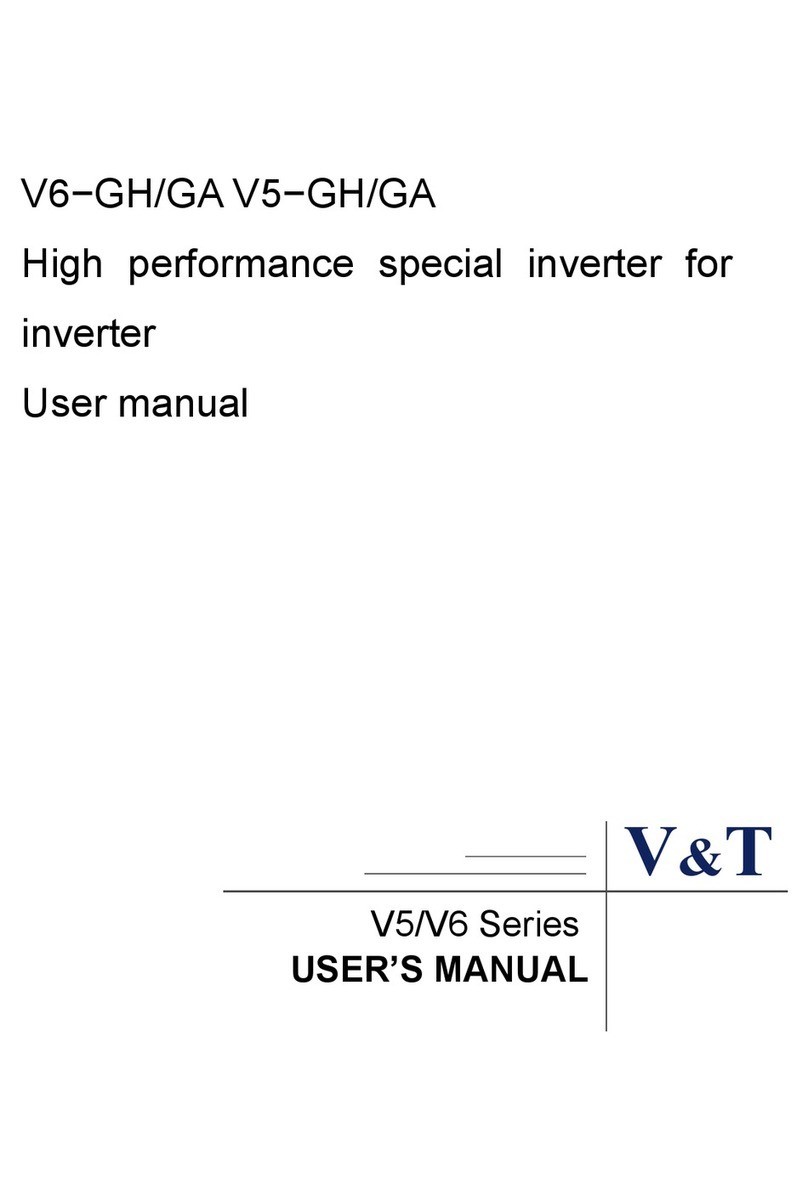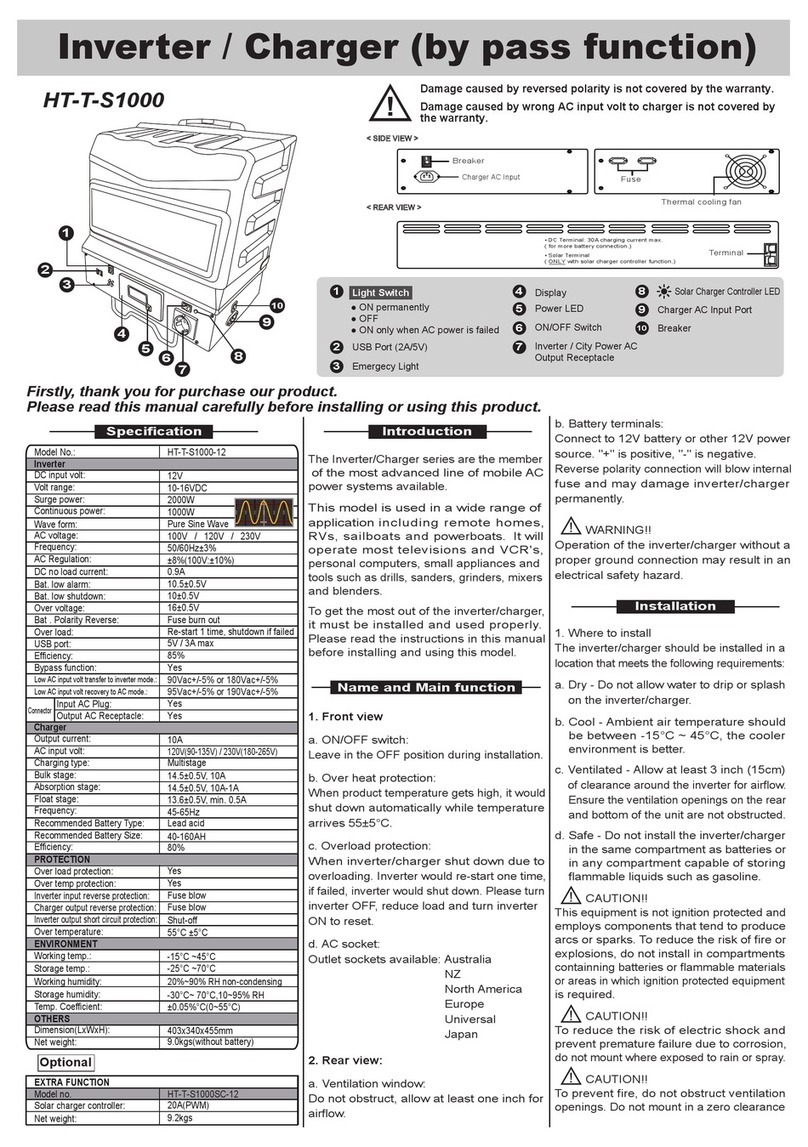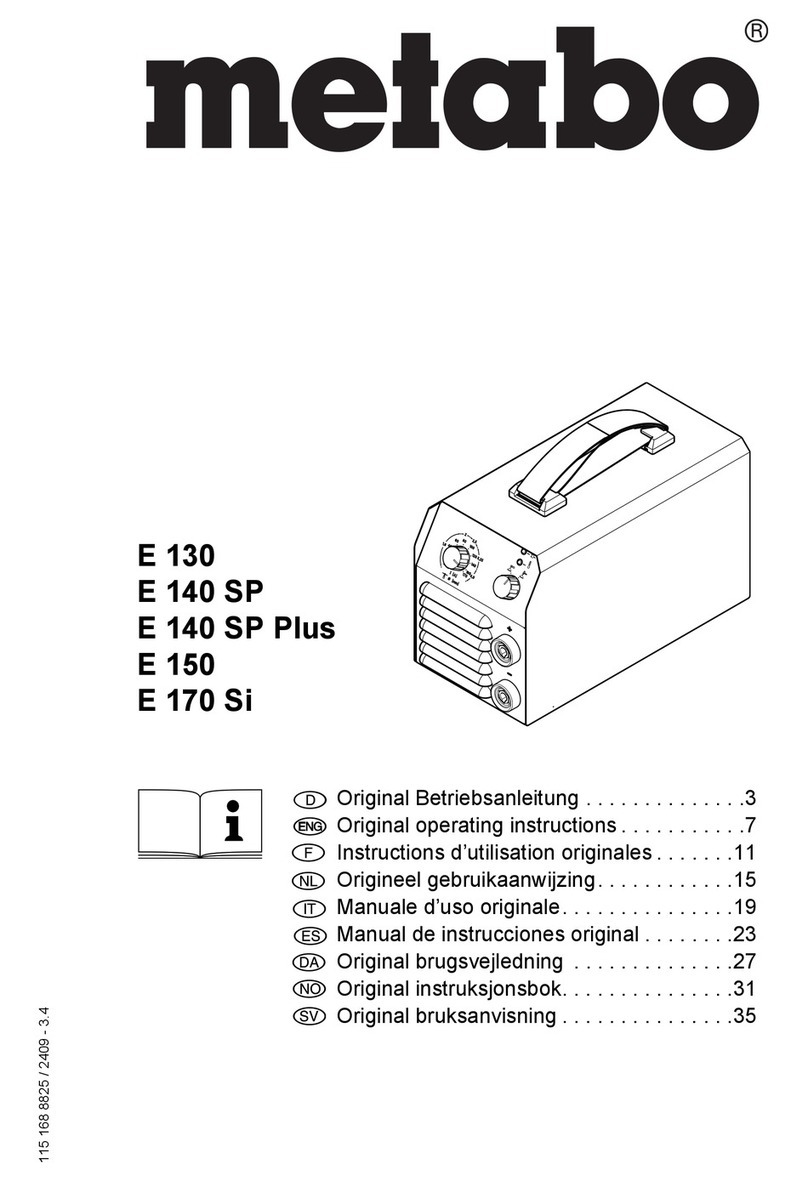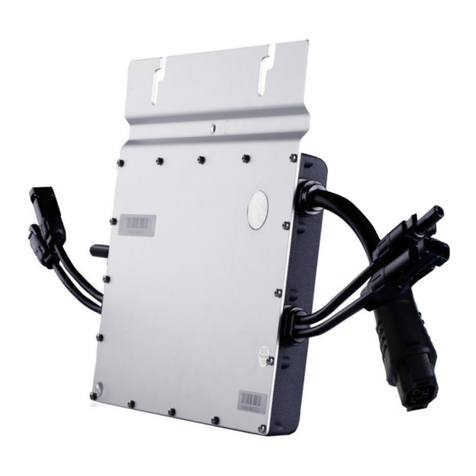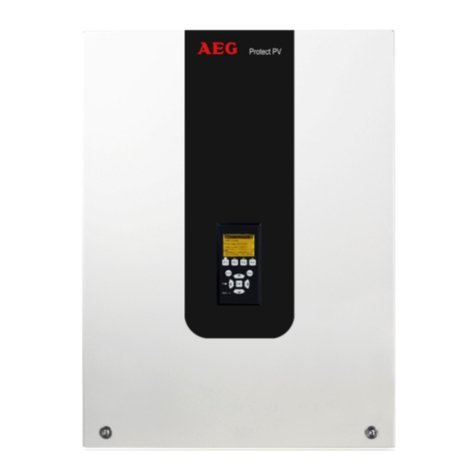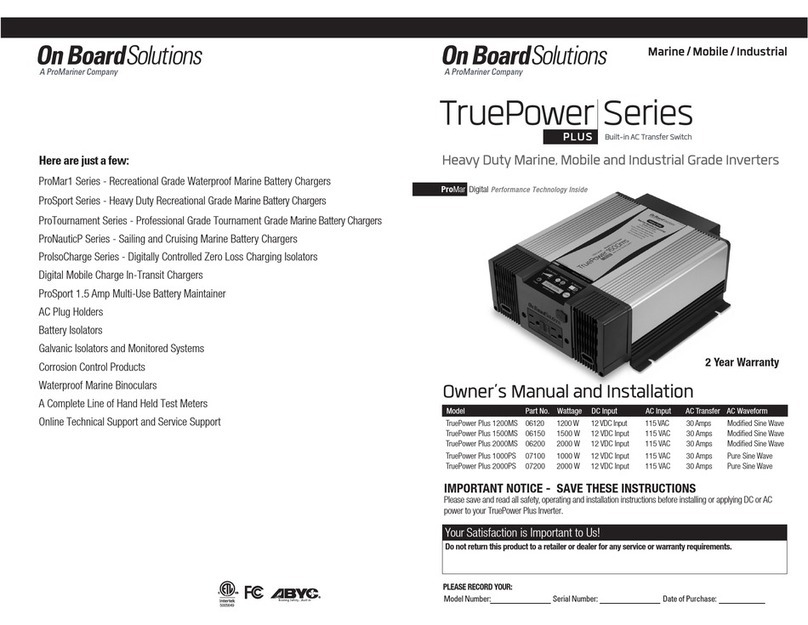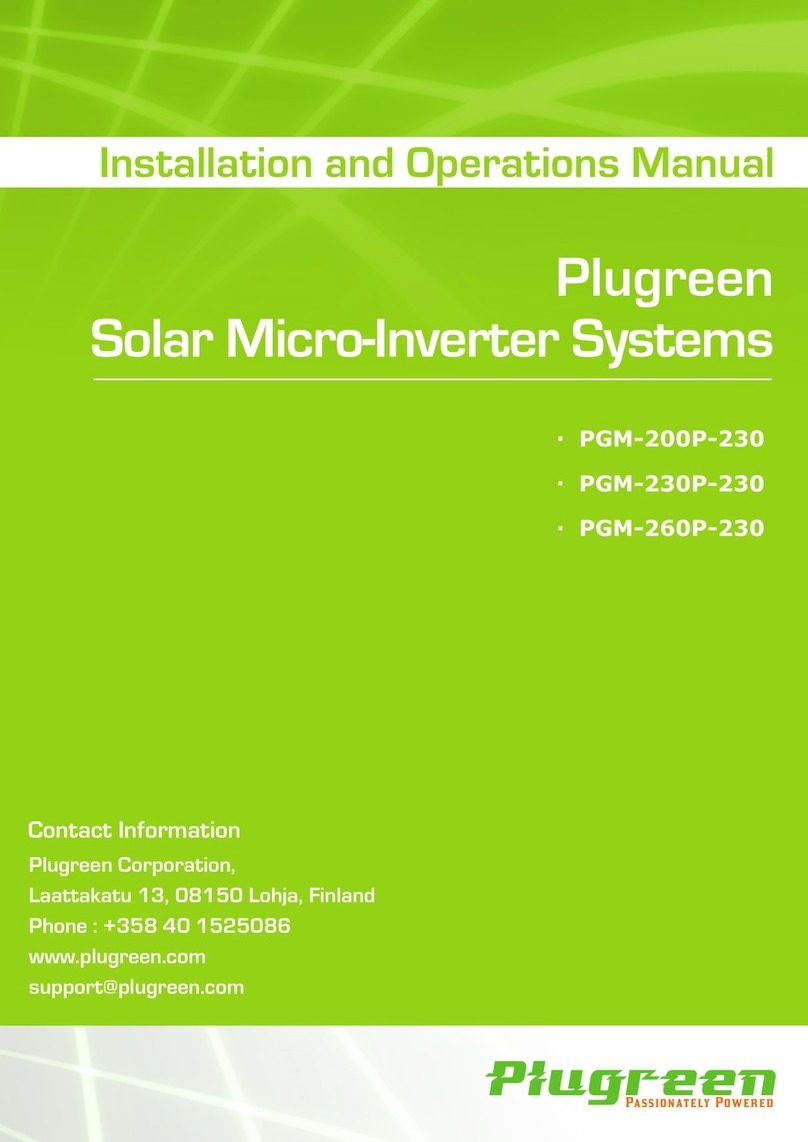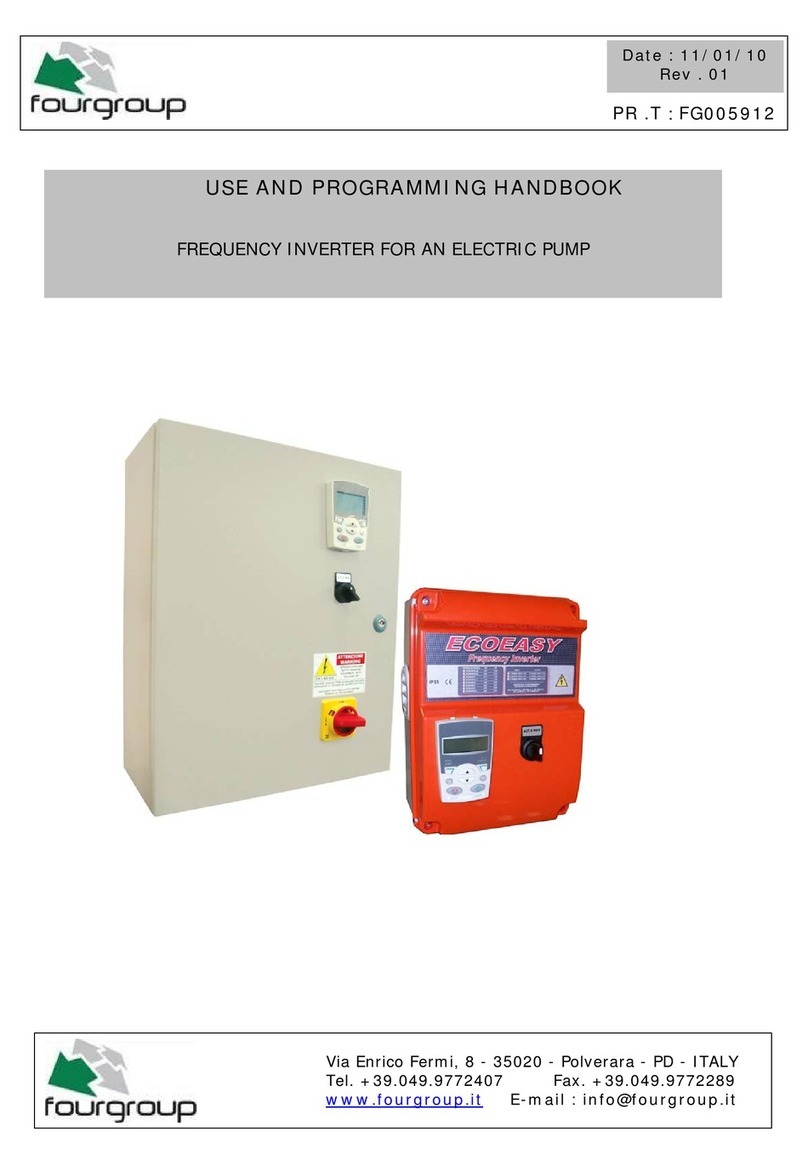
2.2 Design Considerations
The primary goal of a traction system is to efficiently drive the traction motor, typically an induction or an interior
permanent magnet synchronous motor (IPMSM), with a high control bandwidth. For this, TIDM-02014 features
the C2000 real-time control MCU to implementing a field oriented control (FOC) scheme to drive the motor.
The design also supports TI's Sitara™ AM263x MCU based control implementation to achieve high real-time
performance while supporting functional-safety requirements.
To achieve high-efficiency operation of the SiC inverter, the UCC5880-Q1 functional-safety compliant isolated
gate driver design is leveraged. In addition to advanced configuration and protection features, the real-time
variable gate driver strength feature of the UCC5880-Q1 enables efficiency optimization. The gate drive bias
supply design features the UCC14240-Q1 bias supply device with integrated isolation transformer and post
regulation. The tight regulation capability of the UCC14240-Q1 minimizes the device conduction loss during
operation. With these designs the gate-drive BOM and PCB footprint can be reduced by up to 30%.
The design philosophy for the power stage aims to maximize performance through high-ampacity, low-
inductance design while minimizing the cost and complexity. To achieve this, five key parameters are
considered. First, due to the high current density and relatively small size of the SiC modules, a high-
performance thermal stackup is implemented to maximize heat transfer. Second, the stray inductance introduced
by the busbar structure is minimized through the use of low-inductance, overlapping planar structures. Third,
low-inductance and high ripple rating capacitors must are utilized to close the high-frequency switching loop
effectively. Fourth, the gate driver high-speed protections and high-noise immunity features are leveraged for
effective switching of the SiC moduels and providing maximum survivability under fault conditions. Lastly, the
power stage's engineering is aimed to minimize complexity for assembly, manufacturing and the system cost.
The inverter measures 279 mm by 291 mm by 115 mm for a total volume of 9.3 L and a power density of up to
32.25 kW/L which is more than 2x comparable Silicon (Si) based inverters.
2.3 Highlighted Products
This reference design features the following Texas Instruments devices.
2.3.1 UCC5880-Q1
The UCC5880-Q1 is a functional safety compliant isolated gate driver targeted for EV/HEV traction inverter
applications. The flexibility of SPI programing of adjustable gate drive strength, blanking times, deglitches,
thresholds, function enables, and fault handling allow for the UCC5880 to support a wide variety of IGBT or
SiC power transistors that are used across all EV/HEV traction inverter applications. UCC5880-Q1 integrates
all of the protection features required in most traction inverter applications. Additionally, the 20-A gate drive
capability eliminates the need for external booster circuit, reducing overall design size. The integrated Miller
clamp circuit holds the gate off during transient events and can be configured to use the internal 4-A pull-down,
or drive an external n-channel MOSFET. Advanced, internal capacitor-based isolation technology maximizes
CMTI performance, while minimizing the radiated emissions.
2.3.2 AM2634-Q1
The AM263x Sitara™ Arm® Microcontrollers are built to meet the complex real-time processing needs of next
generation industrial and automotive embedded products. The AM263x MCU family consists of multiple pin-to-
pin compatible devices with up to four 400-MHz Arm® Cortex®-R5F cores. The multiple Arm® cores can be
optionally programmed to run in lock-step option for different functional safety configurations. The industrial
communications subsystem (ICSS) enables integrated industrial Ethernet communications such as PROFINET
IRT, TSN, or EtherCAT® (among many others), or for standard Ethernet connectivity or custom I/O interfacing.
The AM263x family is designed for advanced motor control and digital power control applications with advanced
analog modules.
2.3.3 TMS320F280039C-Q1
TMS320F280039C-Q1 is a 32-bit DSP from C2000™ real-time microcontroller family, which provides 120 MHz
of signal processing performance for floating- or fixed-point code running from either on-chip flash or SRAM.
The C28x CPU is further boosted by the Floating-Point Unit (FPU), Trigonometric Math Unit (TMU), and VCRC
(Cyclical Redundancy Check) extended instruction sets, speeding up common algorithms key to real-time control
systems.
www.ti.com System Overview
TIDUF23 – MAY 2023
Submit Document Feedback
Automotive, High-Power, High-Performance SiC Traction Inverter Reference
Design
5
Copyright © 2023 Texas Instruments Incorporated
